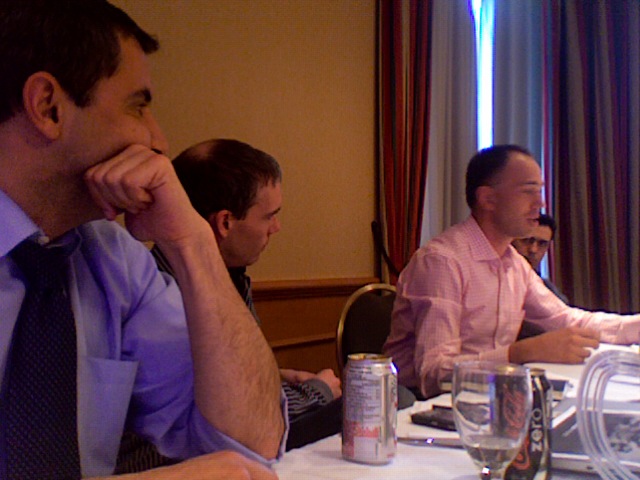During this second day of presentations, Austin Hill, suggested a way for start-up companies to think about their pitches to investors.
HEARTS –> MINDS –> WALLETS
The key he says, is to first appeal to the “hearts” of the potential investors through a narrative that will get them excited about their service of product. Then you have to back the story with data and a concrete business plan to win theirs “minds”. If these are performed convincingly, they are the way to the money; or their “wallets”.
Incidentally, Austin doesn’t think start-up companies not to mention valuation at the end of their pitch. Instead, he suggests they say that there are different ways of valuing the company and that “we will be happy to discuss these in more details in a further meeting”.
What transpired from this second day is that start-up companies need to develop a narrative around their service or product but that they shouldn’t give away all that they have. Rather they should think about their pitch as “teasing” the VC’s into wanting more.





